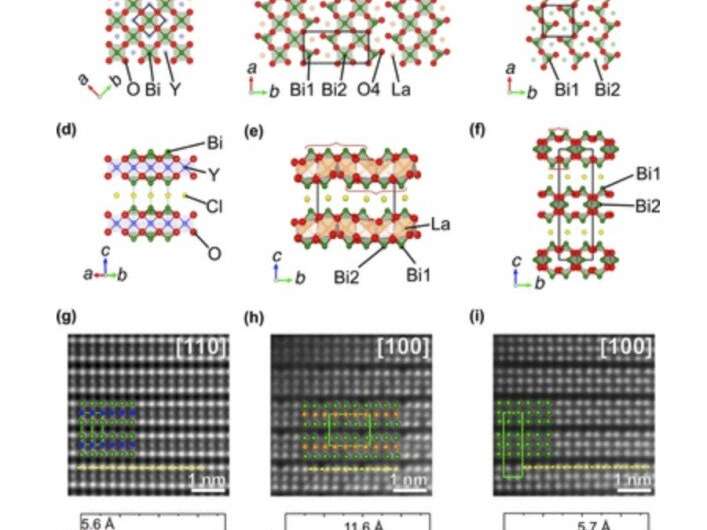Team imaging resources used in international experiment with new photocatalysts

Skoltech researchers helped their colleagues from Japan, Germany, the United States, and China study the crystal structure and optical properties of a new class of two-dimensional compound, which can be used as effective visible-light-responsive photocatalysts for energy and chemical conversion. They used the Advanced Imaging Core Facility equipment for imaging and structural analysis. The paper was published in the Journal of the American Chemical Society.
One potential use of photocatalysts, so-called 'water splitting,' can help substitute climate-warming fossil fuels with more environmentally friendly hydrogen. For this process to work on a large scale, engineers need better-designed catalysts that can utilize the solar spectrum effectively.
Skoltech Professor and Director of the Center for Energy Science and Technology Artem Abakumov and research scientist of the Advanced Imaging Core Facility Maria Kirsanova were part of an international collaboration that studied layered oxychlorides of the type Bi2MO4Cl, where M can stand for yttrium (Y), lanthanum (La), or bismuth (Bi).
"Based on AICF facilities, the Skoltech team performed high-resolution transmission electron microscopy imaging and analysis of local structural features that are responsible for high photocatalytic activity of Bi2MO4Cl compounds," Kirsanova explained.
Skoltech Advanced Imaging Core Facility has the most advanced equipment for conducting research using electron microscopy, both scanning and transmission, including the transmission electron microscope Titan Themis Z.
"The capabilities of the transmission electron microscope Titan Themis Z make it possible to investigate various materials, including photocatalysts, for example, you can visualize the crystal lattice of a material and the defects in crystal lattice using scanning transmission electron microscopy technique. The task of visualizing a crystal lattice is not the most trivial one, so the most important thing for us is the availability of employees with the necessary qualifications and with an extensive background, which is necessary for the interpretation of experimental results. In this regard, we pay great attention to improving the qualifications of our employees, since progress does not stand still and new techniques in the field of electron microscopy appear every year," Yaroslava Shakhova, head of AICF, explained.
By inserting a MO2 layer in the conventional Bi2O2 layer, the researchers effectively increased the number of dimensions of this material from one to two; they hypothesize that it may be interesting to go further, from 2-D to 3-D, by thickening the fluorite block of the compound. This can improve both the photocatalytic properties and other remarkable properties observed in this class of compounds, such as ferroelectricity (spontaneous electric polarization that can be reversed with an external magnetic field).
More information: Akinobu Nakada et al, Conduction Band Control of Oxyhalides with a Triple-Fluorite Layer for Visible Light Photocatalysis, Journal of the American Chemical Society (2021). DOI: 10.1021/jacs.0c10288
Journal information: Journal of the American Chemical Society
Provided by Skolkovo Institute of Science and Technology





















